Information Security covers both physical and electronic information, such as: documents, emails, databases, and software. It applies to various types of data, such as personal, financial, health, or business information. Information Security aims to prevent data breaches, comply with regulations, and reduce costs and complexity of managing multiple security solutions. Information Security helps to safeguard the confidentiality, integrity, and availability of data, which are essential for any organization or individual.

Access Management
Access Management is a security process that ensures that only authorized users can access the data and resources on a network or system.
Why is Access Management important?
It helps to protect the confidentiality, integrity, and availability of data, which are essential for any organization or individual.
Access Management Features:
- Authentication
- Authorization
- Auditing
- Single Sign-on (SSO)
- Multi-Factor Authentication (MFA)
![]()
![]()
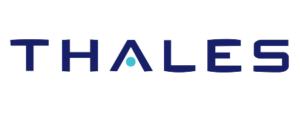
Backup and Recovery Software
Backup and Recovery Software is a type of software that helps to create copies of data and restore them in case of data loss or corruption.
Why is Backup and Recovery Software important?
It helps to protect the data from various threats, such as: hardware failure, human error, malware, natural disasters, or theft.
Backup and Recovery Software Features:
- Backup
- Recovery
- Replication
- Archiving



Data Loss Prevention (DLP)
Data Loss Prevention (DLP) is a security technique that monitors and prevents the leakage or transfer of sensitive data from a network or system.
Why is Data Loss Prevention (DLP) important?
It helps to protect the confidentiality, integrity, and availability of data, which are essential for any organization or individual.
DLP can be applied to various types of data, such as: personal, financial, health, or business information. It can also be applied to various channels of data movement, such as: email, web, cloud, or removable media.
Data Loss Prevention (DLP) Features:
- Classification
- Policy
- Detection
- Prevention
![DLP] Forcepoint [ผู้เชี่ยวชาญโดยตรง] FirewallHub](https://firewallhub.com/pub/media/catalog/product/cache/1f7b92ccc217d99a04344ab16ba6e226/f/o/forcepoint-dlp-endpoint.png)
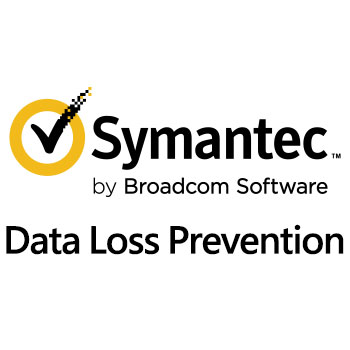
Data Masking
Data Masking is a security technique that replaces sensitive data with fictitious or anonymized data, while preserving the original format and structure of the data.
Why is Data Masking important?
It helps to protect the confidentiality and privacy of data, especially when it is shared or transferred for testing, development, or analysis purposes.
Data Masking can be applied to various types of data, such as: personal, financial, health, or business information. It can also be applied to various sources of data, such as databases, files, or applications.
Data Masking Methods and Technologies:
- Static Data Masking: It creates a copy of the original data and replaces the sensitive values with fake or random values. It is usually done before the data is moved or copied to another environment.
- Dynamic Data Masking: It modifies the original data on the fly and replaces the sensitive values with fake or random values. It is usually done when the data is accessed or queried by unauthorized users or applications.
- Format-Preserving Encryption: It encrypts the original data and replaces the sensitive values with encrypted values that have the same format and length as the original values. It can be reversed by using a decryption key.
- Tokenization: It replaces the original data with tokens that have no meaning or relation to the original values. The tokens are stored in a separate database or vault that maps them to the original values. It can be reversed by using a tokenization key.
Data Masking Features:
- Complying with Regulations
- Protecting Data from Threats
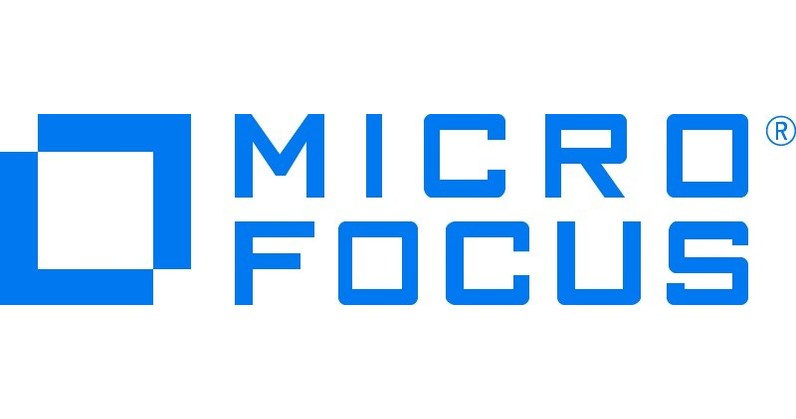
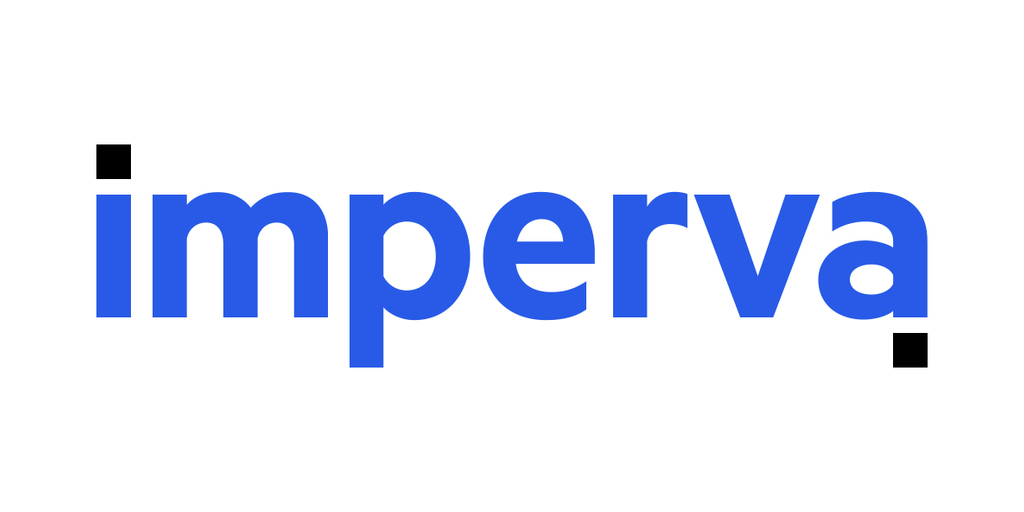
Email Security
Email Security is the practice of protecting email communication and data from unauthorized access, use, disclosure, modification, or destruction.
Why is Email Security important?
It helps to prevent phishing, spam, malware, identity theft, and other cyberattacks that target email users and systems.
Email Security Methods and Technologies:
- Encryption: It scrambles the email content and attachments so that only the intended recipients can read them. It can use protocols such as: Secure/Multipurpose Internet Mail Extensions (S/MIME) or Pretty Good Privacy (PGP).
- Authentication: It verifies the identity of the email sender and receiver before granting access to the email. It can use methods such as: Sender Policy Framework (SPF), DomainKeys Identified Mail (DKIM), or Domain-based Message Authentication, Reporting and Conformance (DMARC).
- Filtering: It scans and blocks unwanted or malicious emails from reaching the inbox. It can use techniques such as: spam filters, antivirus software, or firewalls.
- Archiving: It stores and preserves the email data for future reference or compliance purposes. It can use tools such as: cloud storage, backup software, or Data Loss Prevention (DLP) software.


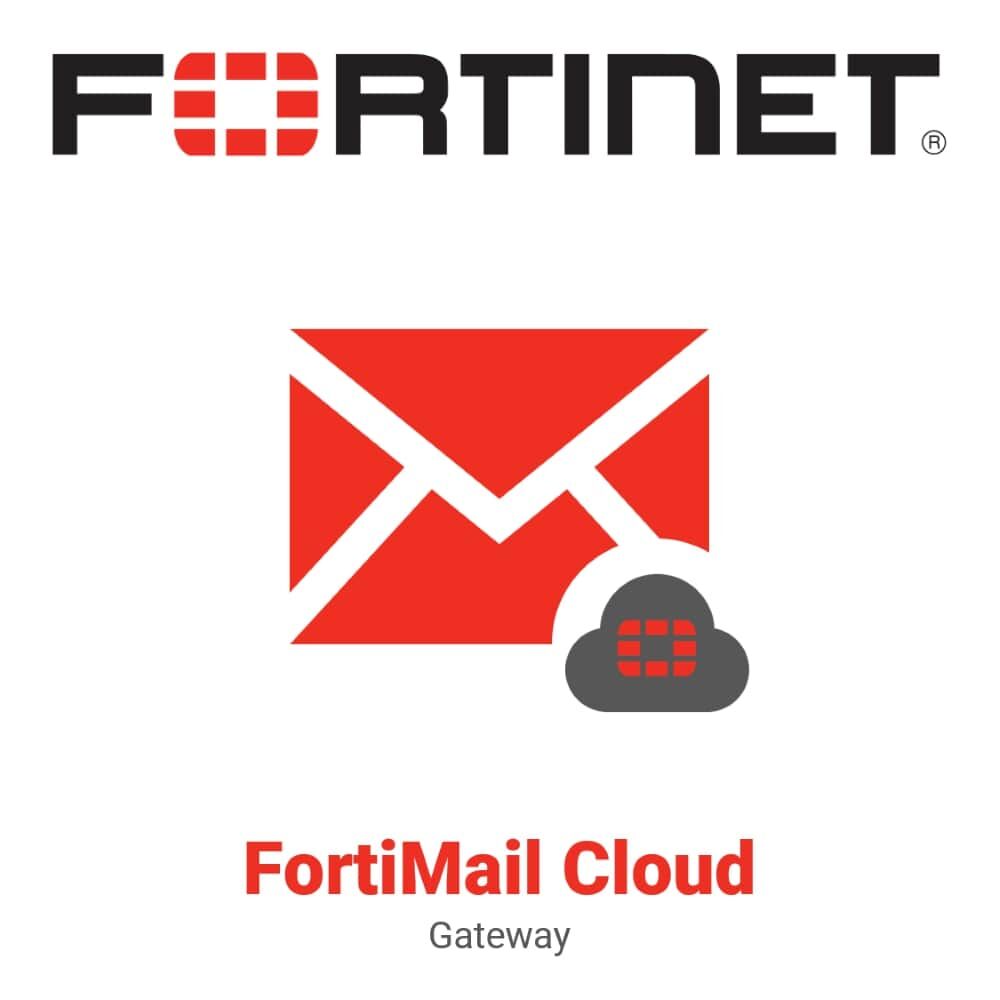
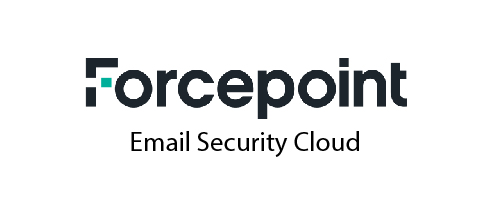
Identity Governance and Administration (IGA)
Identity Governance and Administration (IGA) is a security process that manages the digital identities and access rights of users on a network or system.
Why is Identity Governance and Administration (IGA) important?
It helps to protect the confidentiality, integrity, and availability of data, which are essential for any organization or individual.
IGA Functions and Technologies:
- Identity Management: It creates, modifies, and deletes the user accounts and profiles on the network or system. It can use methods such as: provisioning, deprovisioning, synchronization, or federation.
- Access Management: It grants, revokes, and modifies the access rights and permissions of users on the network or system. It can use methods such as: Authentication, Authorization, Single Sign-On (SSO), or Multi-Factor Authentication (MFA).
- Identity Governance: It defines and enforces the policies and rules that govern the identity and access management on the network or system. It can use methods such as: Role-Based Access Control (RBAC), Attribute-Based Access Control (ABAC), or Policy-Based Access Control (PBAC).
- Identity Analytics: It monitors and analyzes the identity and access activities and events on the network or system. It can use techniques such as: auditing, reporting, alerting, or risk assessment.
![]()


Password Management
Password Management is the practice of creating, storing, and managing passwords for various online accounts and services.
Why is Password Management important?
It helps to protect the security and privacy of personal and business data, which are often accessed through passwords.
Password Management Methods and Technologies:
- Password Creation: It involves creating strong and unique passwords for each online account or service. It can use techniques such as: randomization, length, complexity, or passphrase to generate passwords that are hard to guess or crack.
- Password Storage: It involves storing the passwords securely and conveniently. It can use tools such as: password managers, encrypted files, or biometric devices to store passwords in a safe and accessible way.
- Password Change: It involves changing the passwords periodically or when necessary. It can use methods such as: expiration, notification, or verification to prompt or enforce password change.
- Password Recovery: It involves recovering the passwords when they are forgotten or lost. It can use methods such as: backup, reset, or recovery questions to restore passwords.
![]()

Privileged Access Management (PAM)
Privileged Access Management (PAM) is a security process that controls and monitors the access of users who have elevated or administrative privileges on a network or system.
Why is Privileged Access Management (PAM) important?
It helps to protect the confidentiality, integrity, and availability of data, which are often accessed by privileged users.
Privileged users are the ones who have the ability to perform critical or sensitive tasks on the network or system, such as: installing software, changing settings, accessing databases, or managing accounts. They can be internal users, such as: IT staff, managers, or executives, or external users, such as: contractors, vendors, or partners. Privileged users are often the target of hackers who try to steal their credentials or exploit their vulnerabilities to gain unauthorized access to the network or system.
Privileged Access Management (PAM) Functions and Technologies:
- Privileged Account Discovery: It identifies and inventories all the privileged accounts and credentials on the network or system. It can use methods such as: scanning, crawling, or querying to discover the privileged accounts.
- Privileged Account Management: It creates, modifies, and deletes the privileged accounts and credentials on the network or system. It can use methods such as: provisioning, deprovisioning, synchronization, or rotation to manage the privileged accounts.
- Privileged Session Management: It grants, revokes, and modifies the access rights and permissions of privileged users on the network or system. It can use methods such as: Authentication, Authorization, Single Sign-On (SSO), or Multi-Factor Authentication (MFA) to control the privileged access.
- Privileged Session Monitoring: It records and audits the activities and events of privileged users on the network or system. It can use techniques such as: logging, reporting, alerting, or video recording to monitor the privileged sessions.
- Privileged Behavior Analytics: It analyzes and evaluates the behavior and risk of privileged users on the network or system. It can use techniques such as: Artificial Intelligence (AI), Machine Learning (ML), behavioral analysis, and threat intelligence to detect and respond to anomalies or threats.

Security Awareness Computer-Based Training
It’s a type of online education that teaches employees about the best practices and policies for protecting the data and systems of their organization from cyber threats.
Why is Security Awareness Computer-Based Training important?
It helps to prevent data breaches, comply with regulations, and reduce costs and complexity of managing multiple security solutions.
Security Awareness Computer-Based Training covers various Topics:
- Cybersecurity Fundamentals: It introduces the basic concepts and terms of cybersecurity, such as: threats, vulnerabilities, risks, attacks, defenses, and compliance.
- Cybersecurity Threats and Attacks: It explains the common types and sources of cybersecurity threats and attacks, such as: malware, phishing, ransomware, denial-of-service, social engineering, insider threats, and hackers.
- Cybersecurity Defenses and Best Practices: It demonstrates the effective methods and techniques for preventing, detecting, and responding to cybersecurity threats and attacks, such as: encryption, authentication, firewall, antivirus, backup, password management, Multi-Factor Authentication (MFA), and incident response.
- Cybersecurity Policies and Regulations: It outlines the rules and standards that govern the data protection and security of the organization, such as: the General Data Protection Regulation (GDPR) or the Health Insurance Portability and Accountability Act (HIPAA) .




